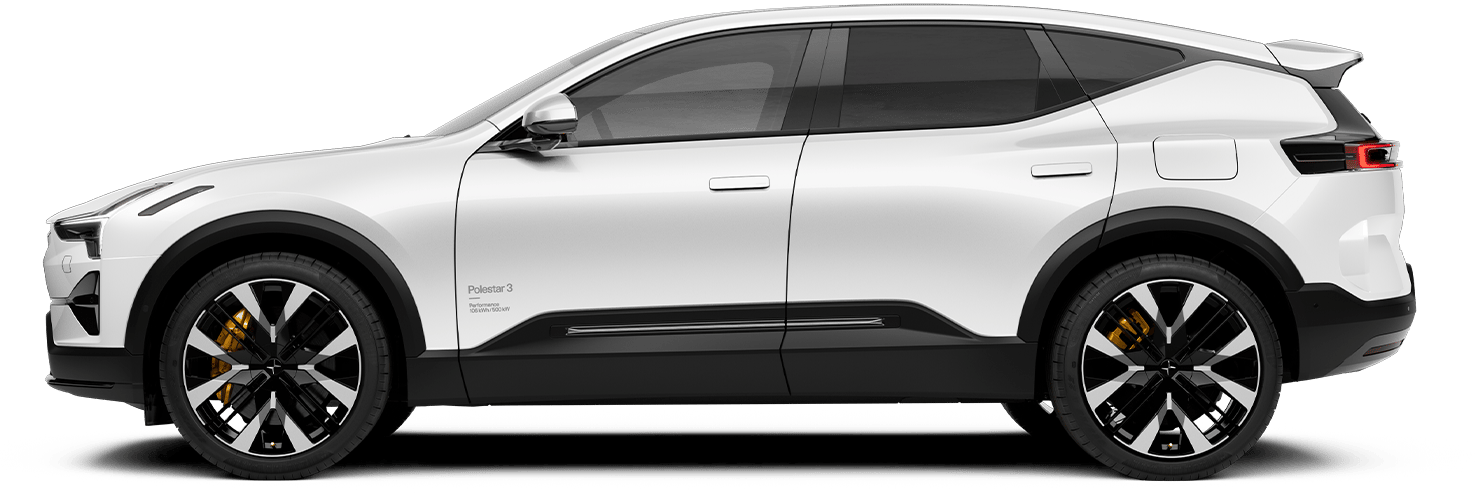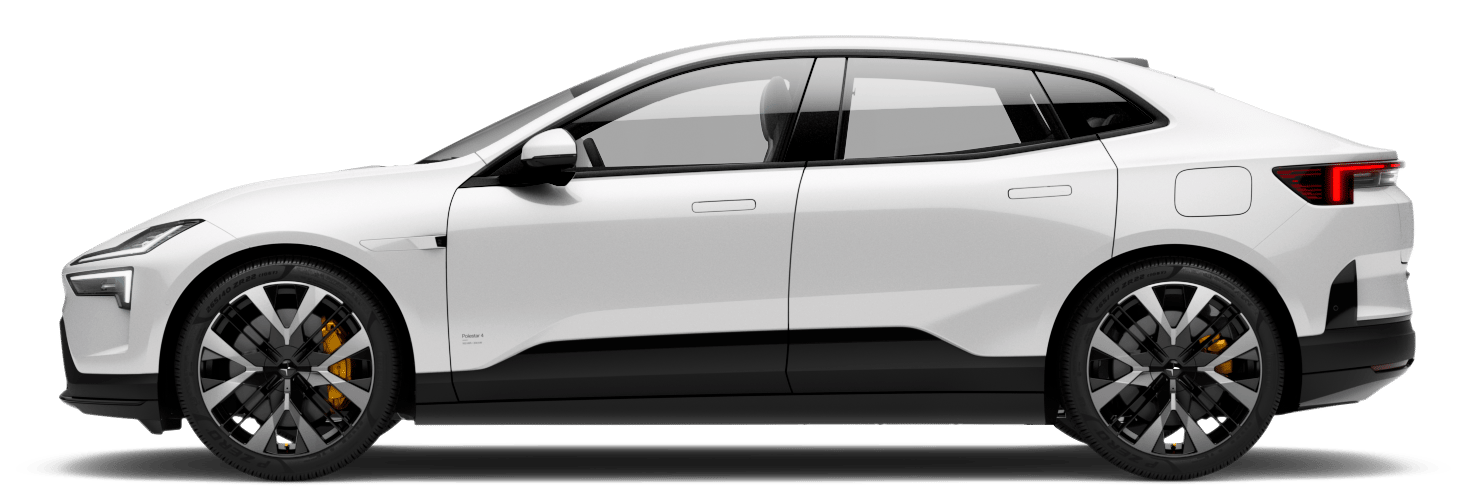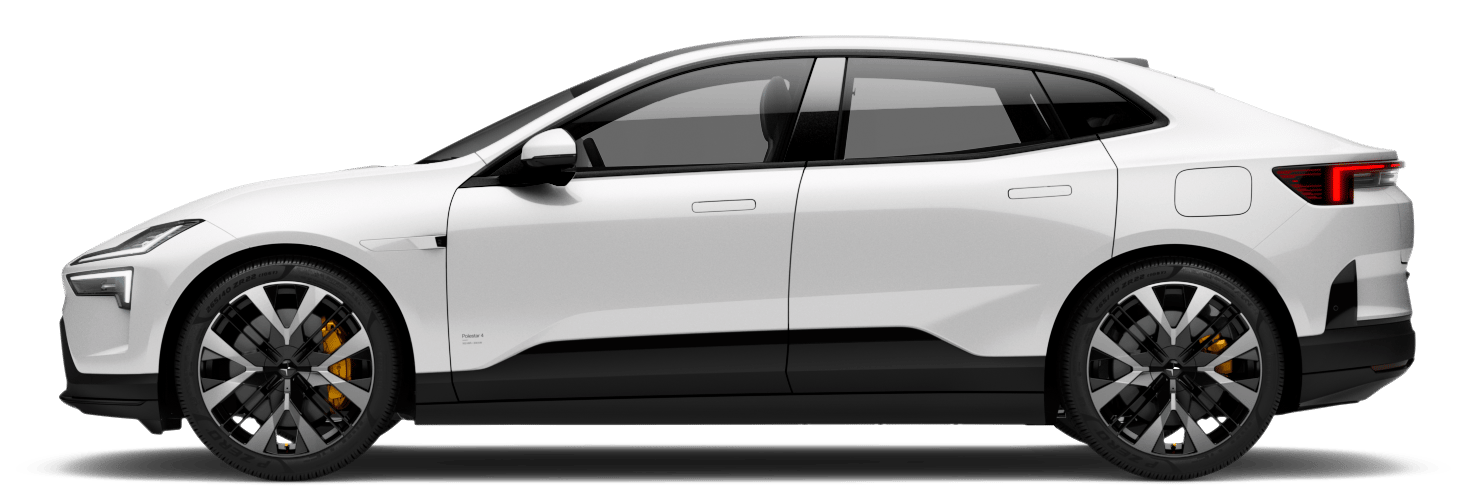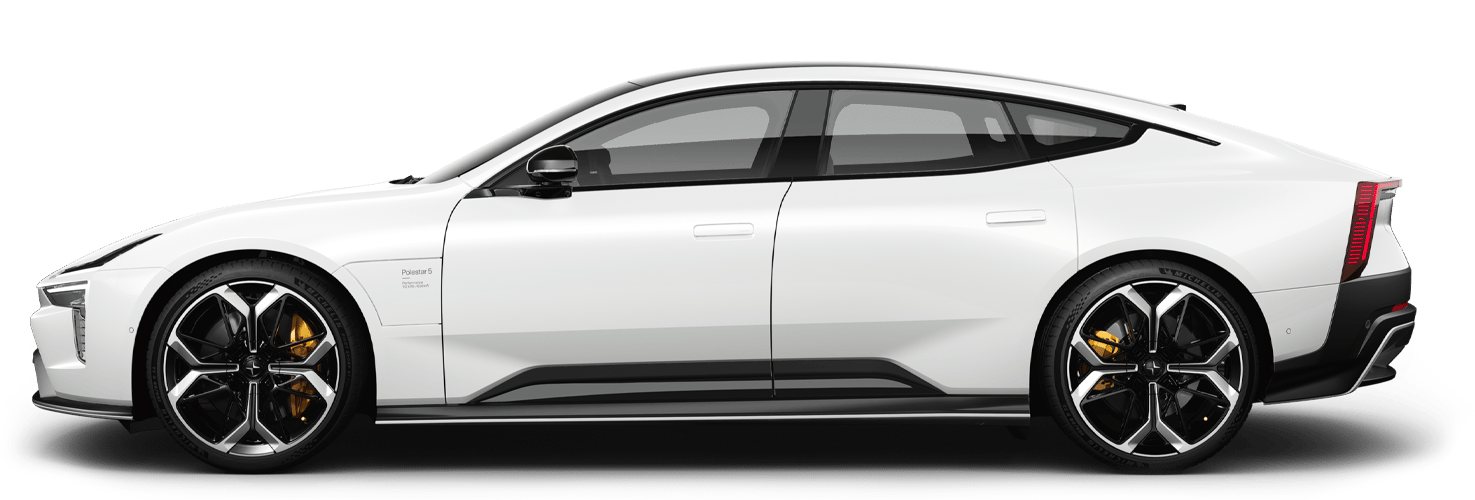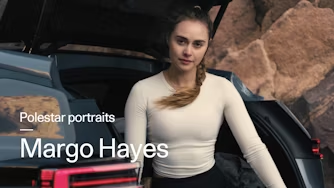Can the flying car make the big jump from the screen to the sky?
What do Back to the Future, The Jetsons, and Bladerunner all have in common? In addition to being some of the 21st-century's most influential pop-culture events, they all featured something that has fascinated human imagination for over a century: the flying car. With this in mind, we decided to sit down with Siddhesh Bhogal to talk about his Polestar 40 airship, the future of mobility, and why we need to start looking at flying cars differently.
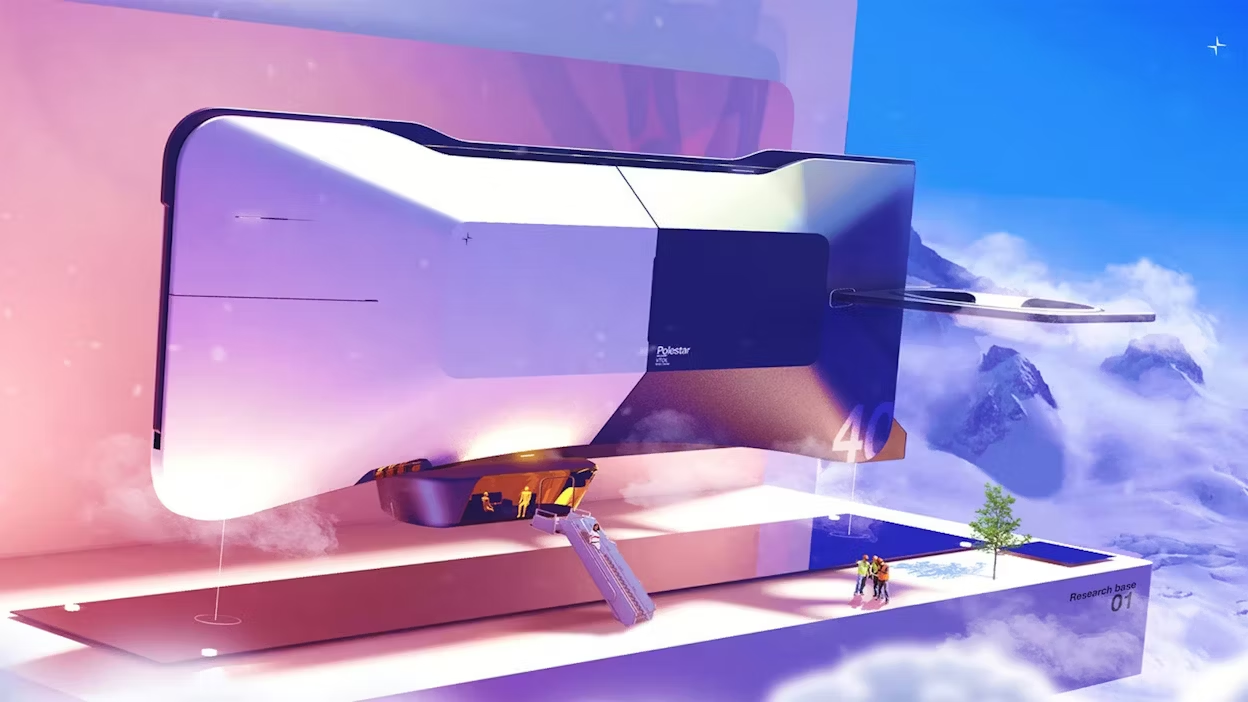
I think it's only a matter of time and technology before someone makes them a reality
With the first known concept dating back to the late 1800s, the idea of the flying car has been around almost as long as the car itself. The idea of personal transport not limited by things like gravity, weather, or traffic can seem like a wonderful idea. So it’s no surprise floating cars have captured the imagination of so many people. The car as we know it offers huge possibilities, but it’s limited by gravity, road networks, and isn’t quite as freeing as some would prefer.
As a concept, we’ve seen them portrayed in the media via animation, film, and video games, too. Not as anything unusual or special, but as a simple means of getting around during the day to day (or to take part in cool chases). The thing is, flying cars aren’t entirely a work of fiction. They’ve existed in the real world for decades now. Though, unlike the cars you see on your screens they aren’t necessarily the sleekest things in the world. To fly you need wings, or rotors, a motor big enough to generate lift, an aerodynamic body, a lightweight cabin, and then all the bits needed to make it ‘a car’. The results can look a touch ungainly, but that won’t always be the case - at least that’s what 2020 Polestar Design Contest student category finalist Siddhesh Bhogal reckons.
Bhogal, now a car designer, entered the 2020 competition with the Polestar 40: his take on a flying Polestar. “It’s fun when a contest like this and a brand provides your freedom to just show your vision. During the research phase, it was, obviously, very design oriented. I wondered what kind of form Polestar would look into in 2040.” Bhogal’s design, he says, takes many different themes into consideration. He looked at current environmental awareness trends, and folded his love of sci-fi into the finished design. The result is quite incredible: an airship for the modern age, mixing space, luxury, and incredible form to create something special. It’s a shame, really, that airships aren’t de rigueur these days. Perhaps a comeback is on the cards?
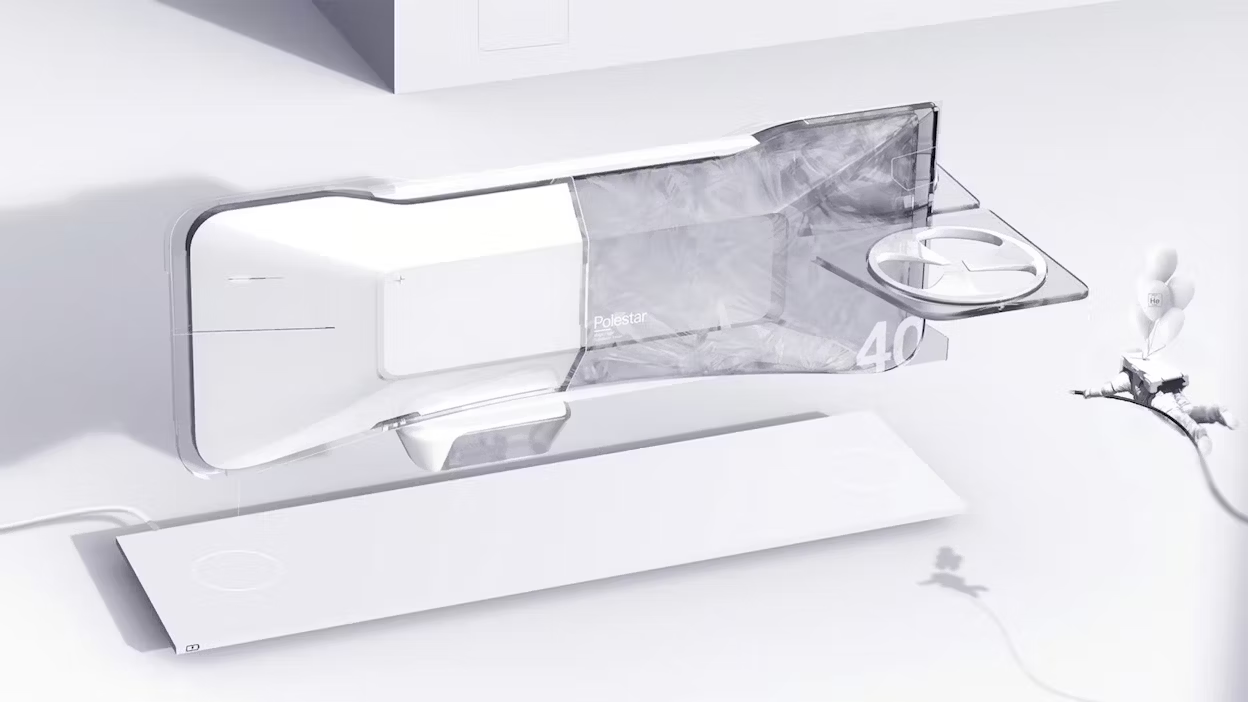
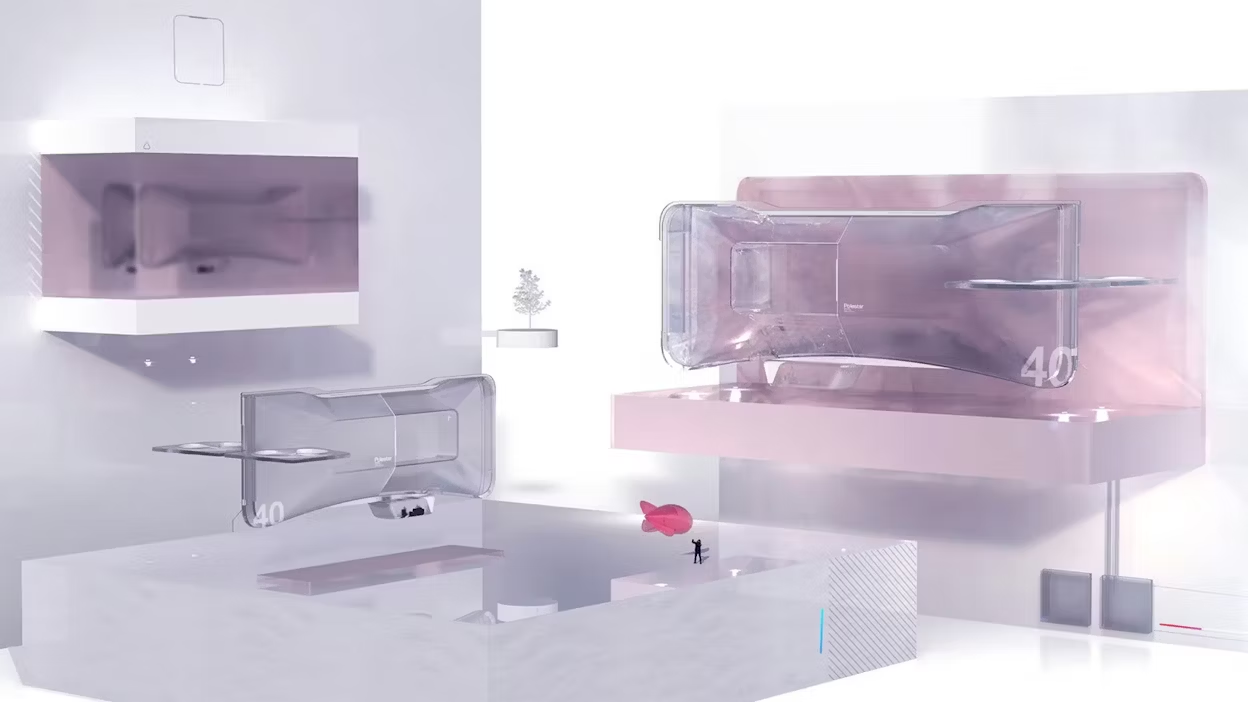


01/02
Beyond flying cars
When it comes to the future, and how flying cars fit into it, Bhogal raises a good point: “I think a good example for how it’ll evolve is the smartphone. A smartphone is a phone but we still call it a ‘smart’ phone and see it in that context. We don’t call an electric car ‘completely electric’ - we just see ‘EV’ and we get the context. Thinking about it like that, when we say a ‘flying car,’ I always question: is it really the right term? Flying mobility is a stronger term and surely something flying pushes us into a new direction or new medium of mobility? I feel it should be known as something much more than a flying car.”
Context is key, and when the time comes when we eventually take to the skies Bhogal notes that we might not necessarily be in the drivers… sorry, ‘fliers’ seat. “When you imagine a flying car, you don’t think of a ‘driver,’ rather just passengers, and that you are relying completely on autonomy while you’re flying. I think it's only a matter of time and technology before someone makes them a reality.”
Some may scoff at the idea, citing regulations, means of propulsion, and myriad other reasons, but we can’t reliably predict what’s around the corner, or what’ll work best for society. Bhogal notes that ten years ago we didn’t know how huge social media was going to be, nor that Big Tech would end up taking over, well, everything. There’s a decent chance that once the red tape’s been sliced through, some sort of individual flying transport could ferry us to and from work.
What will it look like though? “I like to see every car as a different character. It would be such a different landscape, too. You look up at the sky and every brand will be different from beneath. Now, when we see a car, it has to have wheels, and be connected to the ground. But if we look at aerial mobility, there are different ways it can move itself. Because of that we need to look at it fully in three dimensions. But I think the first mover will have some advantage in recognising its brand and its character in this case.” While you might be able to recognise the basic shape and layout of a Polestar from underneath, would you be able to tell exactly what it is? How would you translate a Polestar’s design language into something in the sky? This, reckons Bhogal, is the problem designers will have to solve when manufacturers old and new take flight.
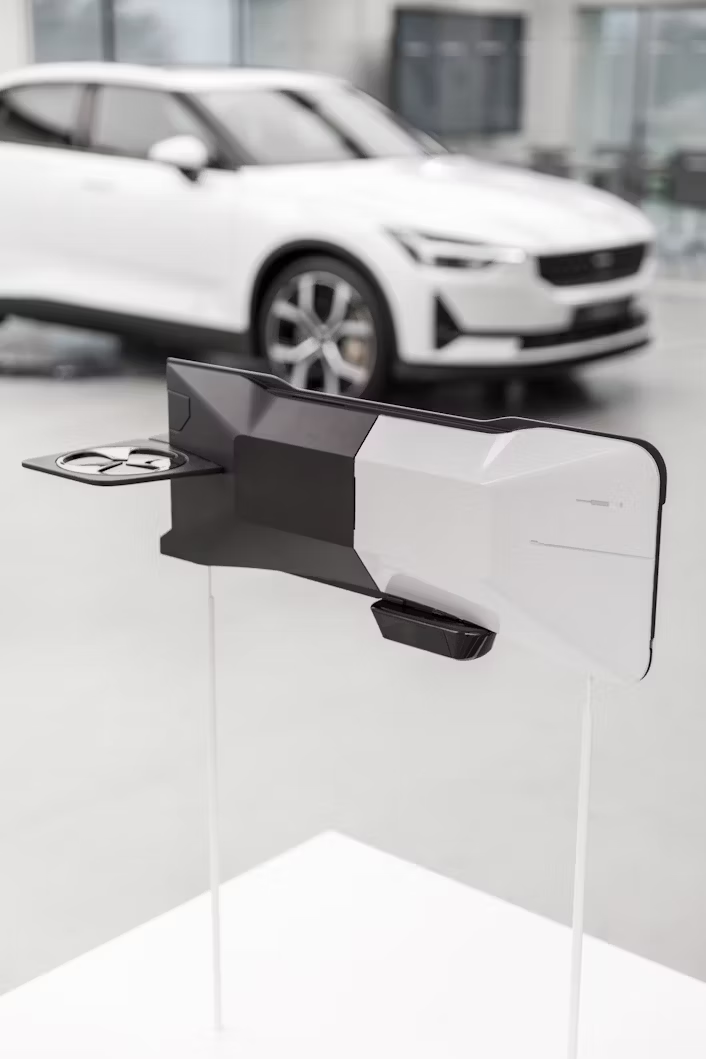
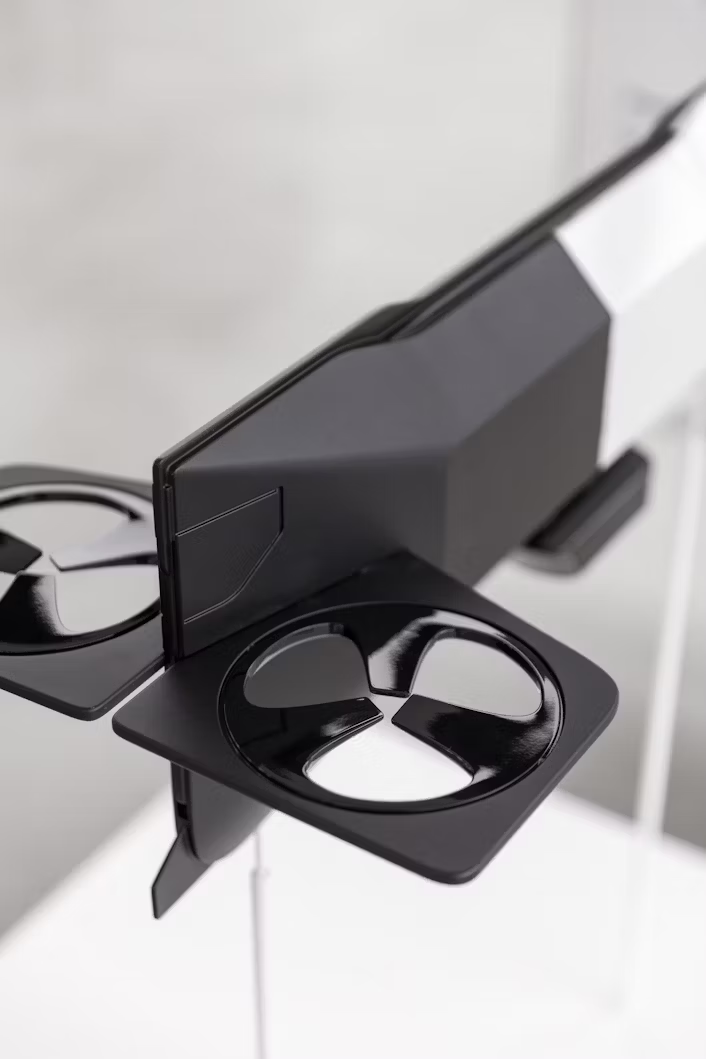
A flying vehicle helped kickstart Bhogal’s career thanks to the Polestar Design Contest. The advice and guidance he received as a result of his design, he says, definitely helped him progress: “The kind of feedback you receive is so valuable, they help you understand how Polestar perceives its brand. So there are a lot of discussions about what design is for them. And for the competitors, there are a lot of common points or things you can build on. I learned a lot. It provided a really good platform to work from.” Did it help his career? “In terms of skill set, and exposure or bringing a student forward in front of the world, definitely yes.”
The winners of this year's Polestar Design Contest will be announced later this year.
Words by: Alex Goy

